If India is left without a MiG-35, it is still unknown who was lucky
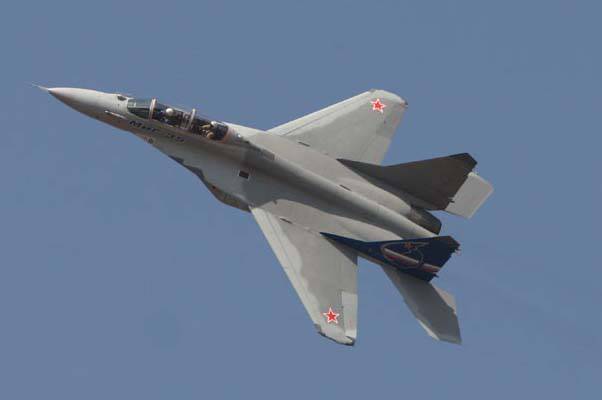
The Indian Ministry of Defense announced the interim results of the MMRCA tender on April 28, under which a new medium multipurpose fighter is being selected. The short list includes the French fighter Rafale and the European Eurofighter (Typhoon). The Russian MiG-35 and American F-16IN and F-18IN cars dropped out of the competition.
HISTORY The MMRCA project began in 1999, when the idea of direct non-competitive purchase of French Mirage 2000 fighters was born. Fifty-seven such fighters, which were in service with the Indian Air Force, demonstrated their effectiveness during the Kargil armed conflict in the summer of that year. Mirage 2000 were already then multi-role fighters, and over time this light machine could perfectly complement the heavy Su-30MKI, which then were still in development. In short, the program initially began with a completely sensible idea of a quick purchase of a machine already familiar to Indian pilots, which most fully met both the actual and prospective needs of the Indian Air Force at that time.
However, later, according to Indian law, which prescribes to conduct arms purchases on a competitive basis, the project was transformed into a tender, the conditions for which, however, were still prescribed under Mirage-2000. Even later, approximately at the turn of 2002 — 2003, the requirements were revised to allow more heavy twin-engine fighters of Russian (MiG-29), American (F-18) and European (Typhoon) production to take part in the competition. In addition, the Swedish Gripen took part in the competition.
BACKGROUND
The political and military-technical situation has changed by this time. The American-Indian political and military rapprochement led to the fact that American cars were allowed to enter the competition. Compared to 1999, the situation in the RAC "MiG" was radically transformed. Under the leadership of the Director General Nikolai Nikitin, the corporation came out of the crisis, the MiG-29 export resumed and a multi-purpose version of this MiG-29СМТ machine was developed and offered to the foreign market. In addition, by this point the Indian fleet was finally determined that the MiG-29K, and not the Su-33, would be the promising carrier-based fighter of the Indian Navy.
Thus, serious prerequisites have emerged for the purchase of Russian machines manufactured by MiG Corporation. It is believed that at some point the French even offered Nikolai Nikitin to divide the supply between Dassault and RSK MiG.
Despite the constant statements by the Indian military about the urgent need for an urgent tender to replace the fleet of obsolete MiG-21, and later also the Anglo-French Jaguar attack aircraft, a request for the submission of information RFI (request for information) was issued only in 2005 year (six years after the start of the project). And the request for RFP (request for proposal), the release of which is considered to be a formal tender announcement, was sent out only in August 2007 of the year, seven years after the idea of acquiring new fighters appeared.
By this time, the meaning of the purchase itself had changed: while in 1999, the plan was to purchase effective fighters that showed themselves well during the fighting, now the Indian Air Force was preoccupied with maintaining the number of squadrons at the level of 32 squadrons under the launch of the MiG-21. In addition, when implementing such a large order, the Indians naturally raised the question of large-scale technology transfer. It is curious that, having completed the latest Mirage 2007 export deliveries in 2000, the idea of direct procurement of which started the whole project, Dassault company suspended the assembly line for the production of these fighters and stopped their production. At the tender, the French were now proposing an average twin-engined Rafale fighter.
After sending in August 2007 of the year RFP, all manufacturers of the fourth generation fighters took part in the competition: American companies Lockheed (with F-16IN fighter), Boeing (F-18IN), French Dassault (Rafale), Russian RAC MiG (MiG-35) , European consortium Eurofighter (Typhoon) and Swedish SAAB (Gripen). Deals range from heavy Super Hornet to ultralight Gripen.
The conditions of the tender involve the acquisition of 126 fighters, 18 of which must be supplied directly, and 108 machines assembled under license in India. The cost of the project has more than doubled from 1999, from 4.5 to 10.5 billion dollars. According to the tender requirements, the full transfer of technology should be carried out, including a radar with an active phased array, the winner’s offset obligations should be at least 50% of the contract value. Deliveries of the first fighters are supposed to be carried out no later than 2012. Additional purchase of 64 machines worth 4.5 billion dollars is not excluded.
MIG ON TENDER
In the 1999 year, when the project began, RAC “MiG” was in a difficult financial and production situation. In essence, at that time Nikolay Nikitin had just begun the creation of a corporation from separate fragments, which then were the design bureau, the serial production plants and the corporate center. Production of the new MiG-29 was absent. However, after a few years the situation has changed for the better. A vertically integrated company was created, deliveries of MiG-29 to Bangladesh, Eritrea, Sudan, Myanmar, and Yemen were resumed, the latter becoming the starting customer of a quite competitive multi-purpose version of the MiG-29CMT. If the Indians made a choice at that moment, the chances of Russian participation in the program would be higher than ever.
Later, after the change of management of RSK MiG, in Russia, the opportunity to present for the tender machines based on the MiG-29, fully equipped with Israeli electronic equipment, including a radar with an active Elta EL / M-2052 grating. Given the more than solid positions of Israelis in the Indian market, such a joint Russian-Israeli initiative would, of course, be very strong.
However, in the 2007, the tender officially offered the MiG-35 fighter, which is a profound modernization of the MiG-29 with Russian electronic equipment and with some changes to the glider, which as the project evolved, became increasingly standardized with the glider of the ship's MiG-29K. The fighter was to be equipped with radar from AFU Zhuk-MAE developed by Fazotron-NIIR, as well as Russian optical-electronic systems. Apparently, under pressure from the United States, which, by the year 2007, had become the favorites of the tender, the Israelis refused to cooperate with the Russians.
In 2005, RSK MiG created, on the basis of one of the MiG-29М (onboard number 154), a technological demonstrator MiG-35, equipped with the Phasotron radar Zhuk-MAE. It was this machine that was then presented for evaluation tests in India as part of tender procedures. According to Russian sources, during these tests, including in high-altitude conditions, the car performed well and scored the fewest remarks in comparison with other applicants for winning the competition. For the first time in Russian practice, launches of long-range missiles were carried out by pointing from a radar with an AFAR.
Nevertheless, the Russian military-technical and aviation industry understood at that moment that the chances of winning the tender were minimal. Interest in the competition fell to such an extent that RAC "MiG" did not even present in February of this year the MiG-35 at the main Indian military air show in Bangalore.
WHY FLYED?
Paradoxically, the Russian MMRCA tender failure was the result of previous successes in the Indian military aviation market. Recall that since 1996, Russia and India have implemented an ambitious joint program of deliveries and the organization of licensed production of heavy Su-30MKI fighters. To date, the Indian Air Force has already contracted for this project 230 Su-30MKI and 18 more simple fighter Su-30K. It is expected that the order will be increased by at least another 40 units and two aircraft will be additionally purchased to compensate for the losses.
Thus, the total fleet of Su-30MKI will be at least 270 units. By modern standards, this is a huge figure: after all, the Indians really actively operate the machines and conduct combat training, rather than storing them, as they are done by the formidable Arabian rulers, who buy an insane amount of American and British equipment in fact as a tribute to the powers that ensure the preservation of Saudi regimes. Over the 15 years of the lack of an internal state defense order for tactical fighters, the Indian Air Force has de facto acted for the Russian aviation industry as an equivalent and substitute for a national customer. Indian heavy fighter market aviation 100% controlled by Russia, and the Su-30MKI became the basis of the combat power of the Indian Air Force. In addition, last year India officially joined the Russian fifth-generation T-50 fighter project. At the end of last year, a contract worth almost $ 300 million was signed for the development of the Indian version of this machine.
Thus, Russia's position in the Indian fighter aircraft market is secured for half a century ahead, and the commercial future of the Russian program has become much more reliable and secured: aggregate Indian and Russian orders with exports to third countries will allow recouping the costs of developing and preparing serial production of T-50 / FGFA.
Finally, Russian aircraft dominate the market for Indian naval aviation. In December, 2004, simultaneously with the signing of a contract for the transfer of the aircraft-carrying cruiser Admiral Gorshkov to India, cost 732 million dollars for the development and supply of MiG-16К / К-UB fighter aircraft for manning the air group of this 29 ship. And in the spring of 2010 of the year, after the vehicles of the first batch showed landing and take-off from the deck of the Russian aircraft carrier Admiral Kuznetsov, the Indian Navy placed an additional contract to supply 29 of such machines worth 1.5 billion dollars. There is every reason to believe that as the national program for building aircraft-carrying ships develops, India will not limit itself to purchasing these 45 fighters and will purchase new lots of MiG-29К.
Given the traditional Indian policy of diversifying sources of weapons, the choice in favor of the MiG-35 in the conditions of Russia's dominance in the Indian market of heavy and deck fighters seemed extremely unlikely.
The main sensation of the intermediate stage of the tender was the fact that the F-16IN and F-18IN American fighters dropped out of the competition. If the F-18IN is in the Su-30MKI class and in this sense the main Indian fighter would duplicate, then the F-16, on the contrary, would well complement the line of the Indian Air Force, since those almost the only ones in the world tend to have the whole range of classes combat tactical aviation. In the heavy class, it would be Su-30MKI, medium twin-engine machines are represented by the MiG-29UPG, F-16 would become medium single-engine ones, lightweight would be Mirage 2000 and ultralight - the national Indian Tejas.
At the same time, the Americans, the only participants in the tender, have airborne radars with an active array that have already been used in serial production. In particular, the F-16 block 60 fighters equipped with the AFAR locator, on the basis of which the F-16IN version was proposed, were delivered to the UAE in the number of 60 units.
Nevertheless, despite the excellent technical characteristics, American cars failed to continue to participate in the tender. Most likely, this is due to political motives: India is afraid of becoming too dependent on the United States for combat systems, although it buys supporting systems such as military transport and anti-submarine aircraft. In addition, the Indians, apparently, were unhappy with the possible level of technology transfer. And the Indian-American political and military-political cooperation, which was so vigorously launched several years ago, is now clearly stagnating.
POSSIBILITY OF SELECTION, PERSONALITY OF TENDER
Respecting India’s sovereign right to choose arms suppliers and recognizing that the results of the first stage of the tender have some rational explanations, we note the weak points of the decision. Rejected by the MiG-35, perhaps the only candidate who could meet the announced financial parameters of the project (10.5 billion for 126 machines, including the organization of licensed production and full technology transfer). The remaining contestants are, on the contrary, the most expensive applicants, and if you select any of them, the check will have to be doubled at least.
The Indians have long been known for their tendency to increase the types of weapons they have, while the Indian military feel very comfortable in this heterogeneous technical environment. But there is a limit to everything. Mastering from scratch and organizing a new type of aircraft, in addition to huge costs, will take a lot of time. Meanwhile, the Russian-offered MiG-35 is largely unified with the almost 62 MiG-29 of the Indian Air Force, which are being upgraded under the MiG-29UPG program and will last at least 20 years, as well as the 45 ship MiG-29. That is, India’s Air Force and Navy would be armed with more than 100 of such vehicles, and, of course, unifying the fleet would be a very reasonable decision.
We also note that, despite the excellent political, military, intelligence and corruption positions of France in Brazil, the United Arab Emirates and Morocco, all these three countries either refused or constantly postpone the purchase of French Rafale, which are now considered the favorites of the competition. In addition, these fighters lost tenders in South Korea and Singapore and, despite all efforts to market them, still do not have a single export order.
There is a question about the appropriateness of the purchase of fighter jets in 2012 — 2013 conceptually related to the fourth generation. All platforms presented for the tender were developed in 80-e - early 90-ies of the last century. With the exception of the Americans who left the struggle, not a single fighter meets the promising requirements of the Indian Air Force for the composition of its airborne equipment. Neither Typhoon nor Rafale is equipped with a radar with AFAR today, the real state of work on this topic in Europe remains in question. So the Indian Air Force takes on significant technical risks. Even if these risks are successfully overcome, the Indians will get fighters, although modern on board, but created according to outdated aerodynamic schemes, not earlier than 2018 — 2020. But these machines according to IAF plans must last 40 — 50 years!
Meanwhile, India’s unique military-political and military-technical positioning allows it to become an organizer and system integrator of an unprecedented international project in world history to create a fifth-generation fighter in the 16 class — 18 tons or even lighter. By combining the efforts of Russian aerodynamics and airframe designers, French engines and Israeli instructors, the Indians could get a national fighter of a new generation, and only a little later than the aging MMRCA machines. Such a lightweight fighter would ideally complement the FGFA fleet, moreover, it would be interesting for Russia and European countries participating in the project to purchase, and would also have high competitiveness in the markets of third countries. And IAF’s current requirements may well be met by purchasing additional batches of Su-30MKI, MiG-29K / MiG-29UPG or Mirage 2000 from the present force of the French Air Force, the United Arab Emirates or Qatar.
THE FATE OF RAC "MIG"
Contrary to many press comments, the failure to promote the Russian MiG-35 fighter in the Indian tender will not be fatal for RAC MiG. For the next three to four years, the company has formed a portfolio of contracts for 69 fighters, and this number can be increased to 95 machines. The company currently has a contract for the supply of Burma's air force of ten MiG-29B and six MiG-29SE worth about 400 million euros, as well as an order of the Indian Navy for 29 deck MiG-29K worth one and a half billion dollars. A contract was also signed with one of the Middle East countries for the supply of 24 MiG-29М / М2 fighters. The order of the Russian Navy on 26 of the deck MiG-29K is expected to replace the Su-33 279-th separate naval fighter aviation regiment that served its time.
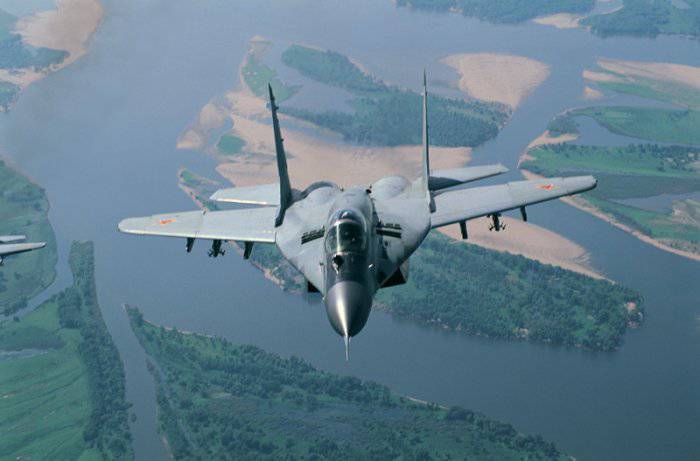
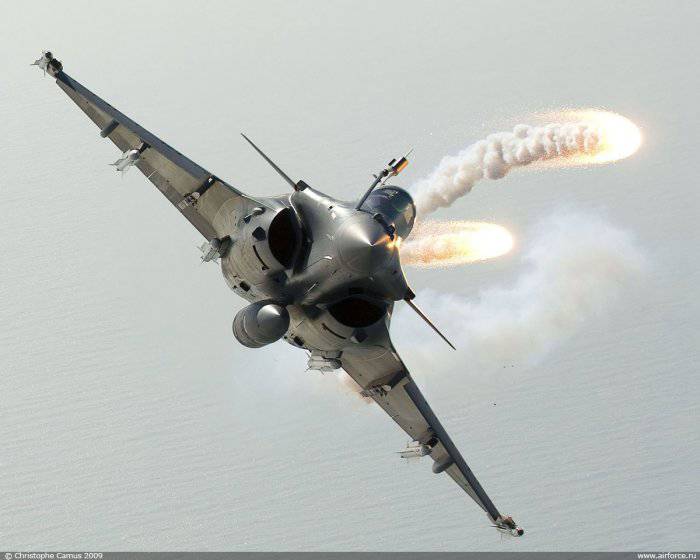
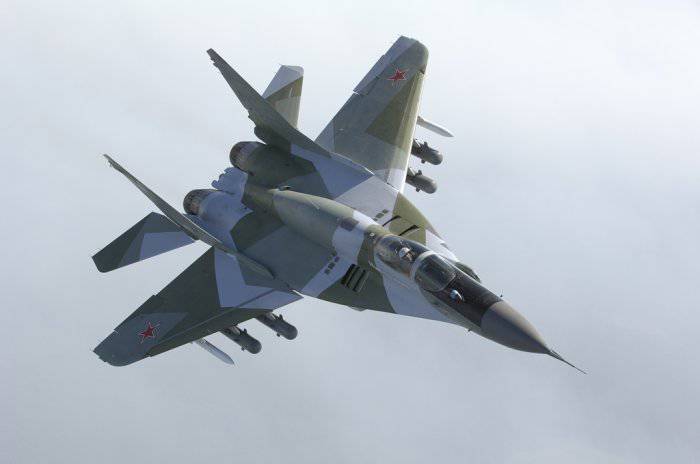
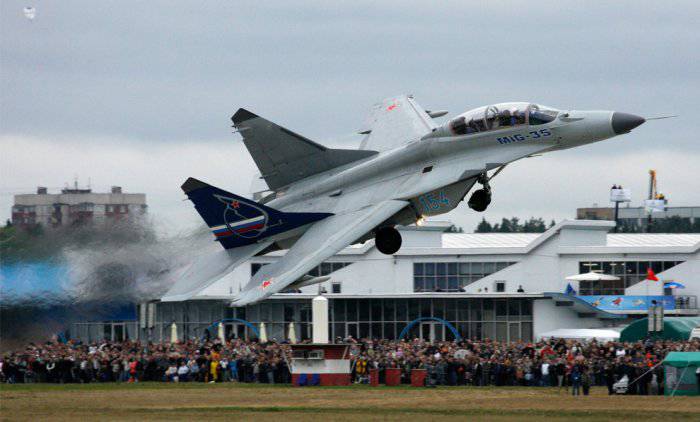
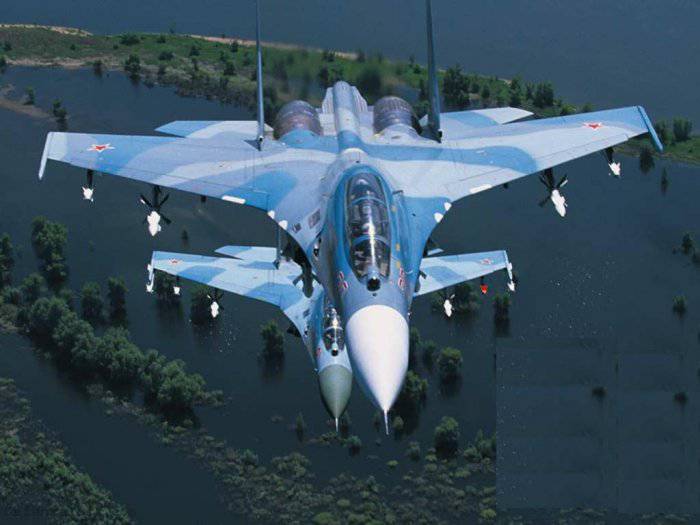
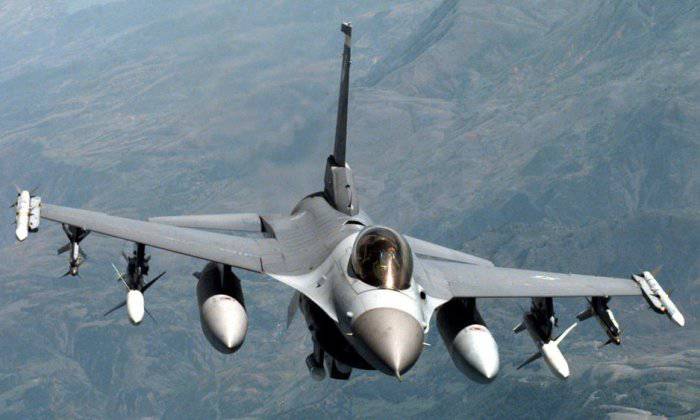
Information